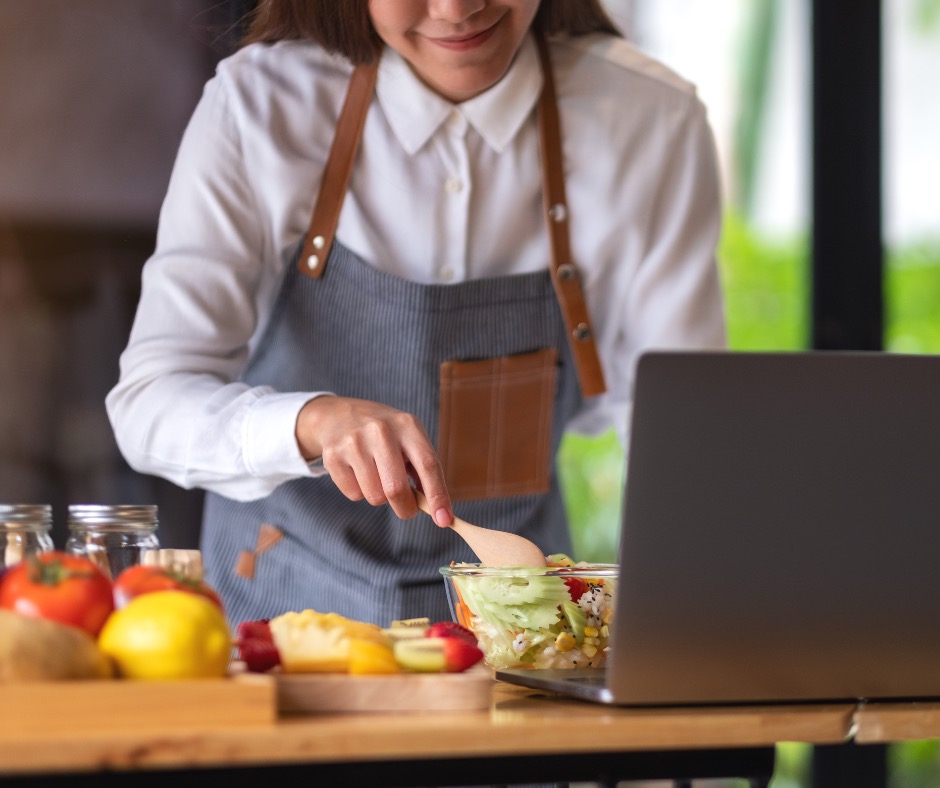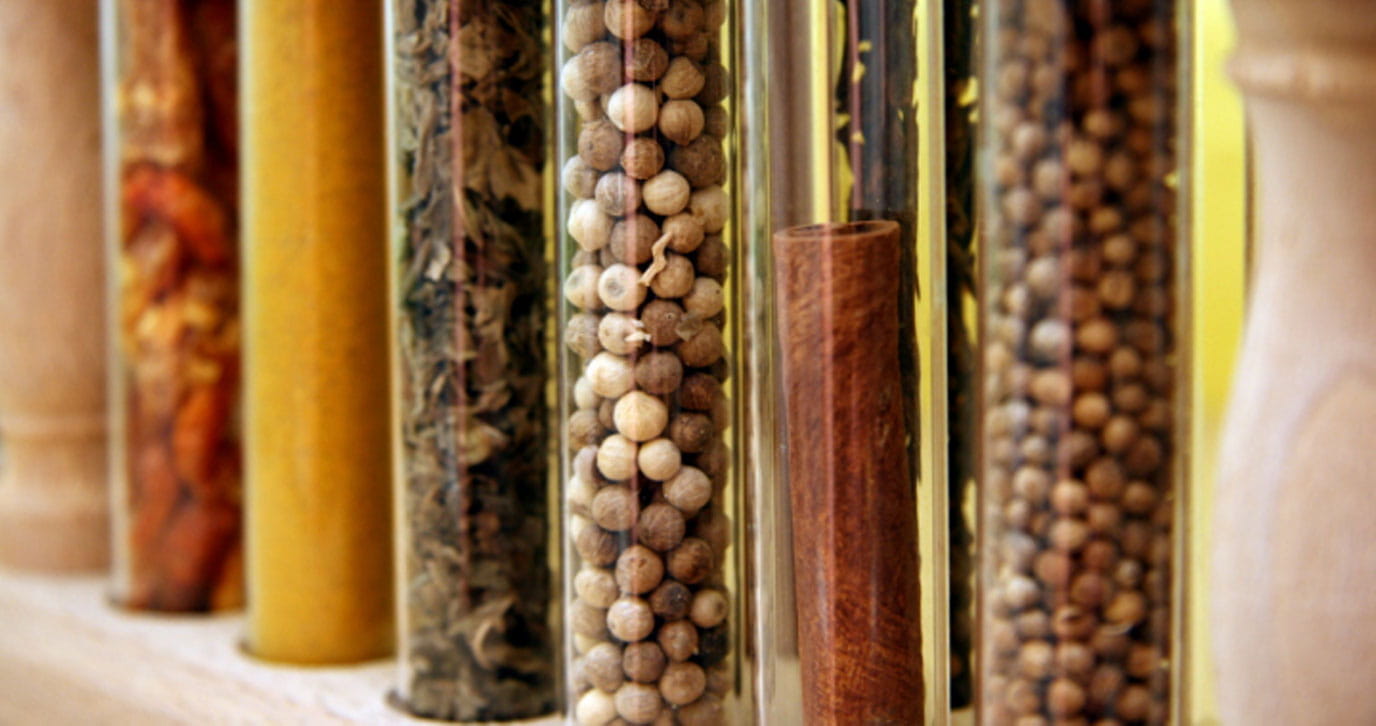November, 2024
Nutrition Education in Primary Care: Comparing Video vs Handout InterventionsOnline Nutrition Education Videos Teaching How to Use Herbs and Spices to Improve Diet Quality
Olivia Lawler, MS; Travis Masterson, PhD; Kristina Petersen, PhD, APD, FAHA; Helene Hopfer, PhD; Mary Alice Gettings, MS, RDN, LDN, CDCES; Amber Denmon, MS, RD, LDN; Samantha Zlotorzynski, MA, RDN; Penny Kris-Etherton, PhD, RD, FAHA, FNLA, FASN, CLS

Objectives
The purpose of this 2-step project was to develop and assess educational materials designed to improve viewer knowledge and intent to use herbs and spices in home cooking.
Methods
For project 1, webinar content was developed by three Cooperative Extension educators, all registered dietitian nutritionists (RDN), in conjunction with a professional chef. Content included 5 recipes that were more nutrient-dense than their original versions and easy to prepare. Educators presented and prepared the recipes as part of a food demonstration during the live webinar. Participant feedback was used to develop 5 short educational videos in which an educator demonstrated simple cooking skills and food safety tips and explained how herbs and spices flavored the dish. In Project 2, participants viewed the videos. Pre-surveys and post-surveys measured knowledge, confidence, intention, and interest in using herbs and spices to improve diet quality. Participants were asked to complete 3 Automated Self-Administered 24-hour (ASA24) dietary recalls.
Results
A total of 424 individuals watched either the live or recorded webinar, and 163 individuals responded to the post-webinar survey. All knowledge and confidence variables increased significantly from the prescore to postscore after the nutrition education video viewing for Project 1 (all P < 0.05). Project 2 included 103 individuals. All knowledge, confidence, and the 2 intention variables (intention to use herbs and spices to reduce saturated fat and intention to use herbs and spices to decrease sodium) significantly increased from baseline (all P < 0.05) after the nutrition education video viewing. There was no significant change in HEI-2015 scores from previewing to post-viewing (F = 1.79, P = 0.19). However, there was a significant interaction (F = 2.21, P = 0.07) between the video viewing and participants who had an interest in using herbs and spices to increase healthful foods in their diet.
Conclusions
These projects demonstrate that short online education increased participants’ knowledge and confidence to use herbs and spices to decrease added sugars, saturated fat, and sodium, as well as the intention to use herbs and spices to decrease added saturated fat and sodium in cooking.
Reference
Lawler, O, Masterson, T, Petersen, K, Hopfer, H, Gettings, MA, Denmon, A, Zlotorzynski, S, Kris-Etherton, PM. Online Nutrition Education Videos Teaching How to Use Herbs and Spices to Improve Diet Quality. Journal of Nutrition Education and Behavior. 2024.






